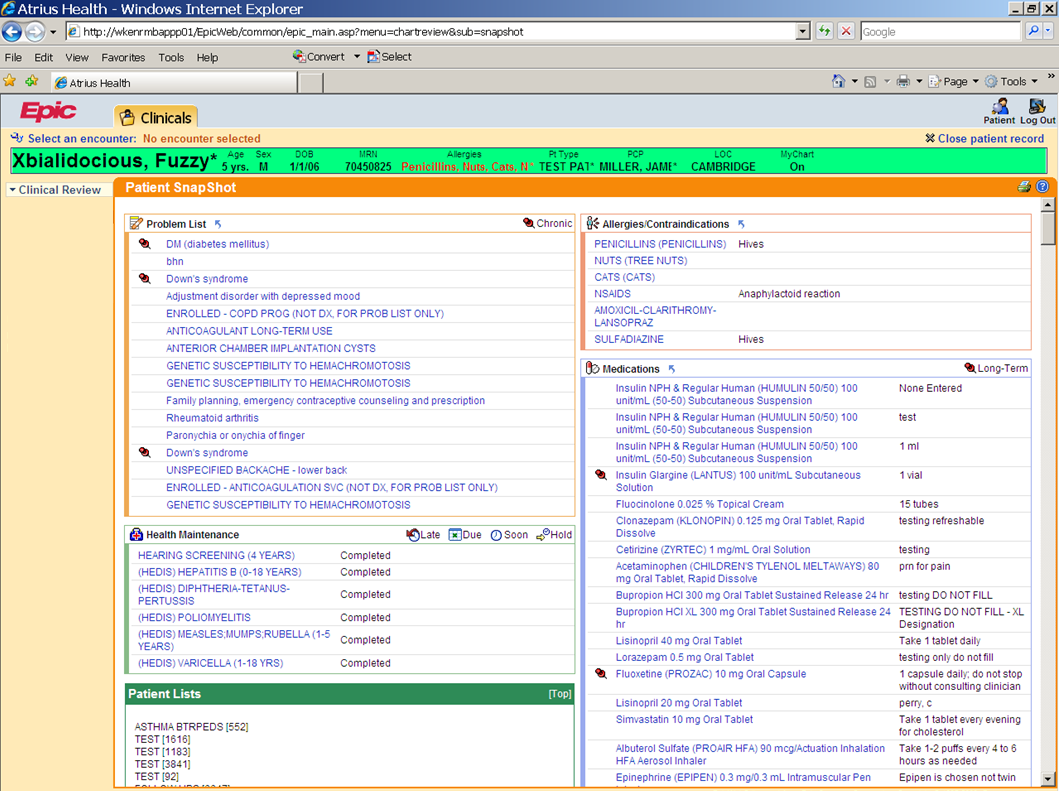Why care about design?
Why care about design?
Even as a professional designer, I ask myself that sometimes. There are days when my work feels inconsequential. After I’ve spent an hour agonizing over a button’s pixel alignment, or vacillating between two indistinguishable shades of gray, I find myself wondering: will anyone even notice?
On those days, I have to remind myself that the smallest details can have the biggest consequences.
Several years ago, a large online retailer discovered that they were losing business because their checkout screen was unintuitive. Users thought they had to create an account before they could make a purchase. The retailer swapped out the “register” button for a “continue” button, and voilà — they saw a $300 million increase in revenue that year.
Just as there can be a massive upside to good design, there can be a devastating downside to bad design. A few months ago, a hospital in Dallas released an ebola patient back into the population while he was still infectious. The cause? A software design issue.
I’m not saying that the zombie apocalypse will be caused by bad design, but I’m kind of saying that the zombie apocalypse will be caused by bad design.

On a more serious note, here’s a screenshot of an electronic health record program. Similar software is deployed at hospitals throughout the country:

Not long ago, a young girl died because three nurses with 10 years of experience between them couldn’t decipher the interface in time to realize that she was catastrophically dehydrated.
How many other tragedies have we chalked up to “human error” that were really the result of bad design? How many car crashes have we blamed on distracted driving, but were actually the result of unclear road markings? How many plane crashes have we blamed on pilot error, but were actually caused by indecipherable instrumentation?
Tragic though those examples are, there’s an even bigger picture.
We’re naturally attracted to things that are excellent. We like things that are better, rather than things that are worse. Nobody looks around their place and thinks, “I wish I had lower-quality stuff.”
This attraction to excellence is part of what makes us human, and it includes not only the things that we own but the things we create. From an early age, we’re satisfied by making things. Have you ever met a five-year-old who wasn’t creative? Who didn’t like drawing, or playing with Lego, or building things in Minecraft? Who wasn’t proud of their work and eager to show it off? It’s fundamental to the human experience to want to engage in the creative act — to engage in design — and to look at our work and declare that it is good.
I’ve never met a software developer who wanted to write mediocre code. Every developer I know wants to write code that’s smart, innovative, and better than the code they wrote the day before.
I’ve never met a teacher who went into education just to collect a paycheck. Every teacher I know started out because they were passionate about a subject, and wanted to make that passion contagious for the next generation.
And I’ve never met an entrepreneur who started their business because it was the easy option. Every business-owner I know started out because they had something they loved, and they wanted to bring that thing to the world in a way that was self-funding and sustainable.
We don’t get excited about half-assing things. We get excited about creating things that are well-considered and thoughtful.
Design is one of the primary ways we can articulate our attraction to excellence. No matter what industry or activity we’re involved with, our work benefits from solving problems in a thoughtful, empathetic, human-centered way.
If someone isn’t sure why design matters, their definition of design might be too narrow. Anything that’s been made by human hands or dreamt by a human mind has been designed, consciously or not.
Everything is designed. Few things are designed intentionally. Fewer things are designed well.
The question isn’t “Why should we care about design?”
It’s “Why wouldn’t we?”
This essay is adapted from part a talk I’ve been giving recently. It’s been cleaned up for the sake of clearer writing, but I’ve attempted to maintain the conversational style.
Here are some citations:
- The tale of the $300 million button
- The article about the ebola patient
- The story about the girl who died due to poor software design